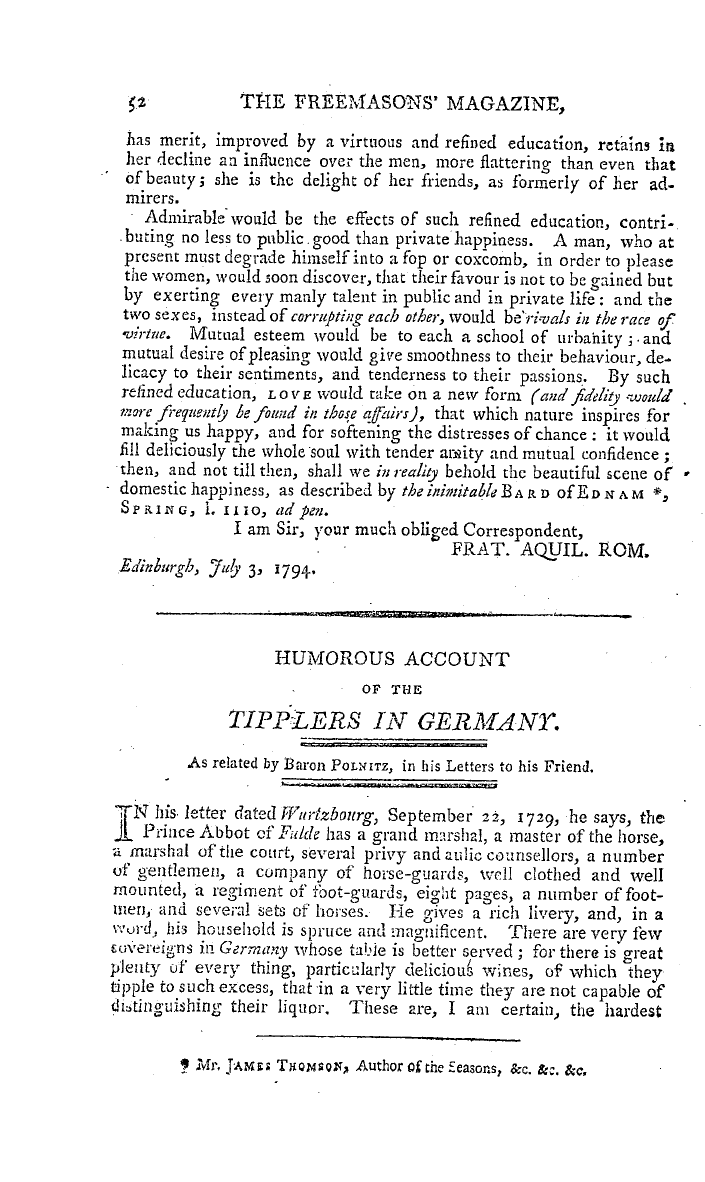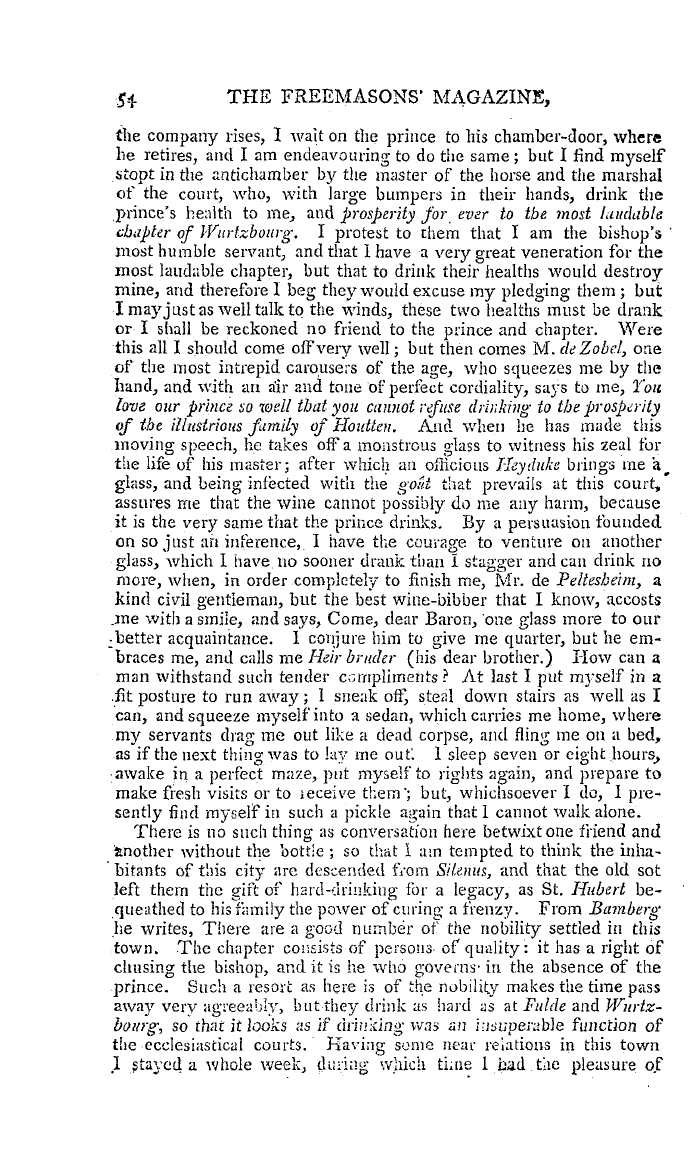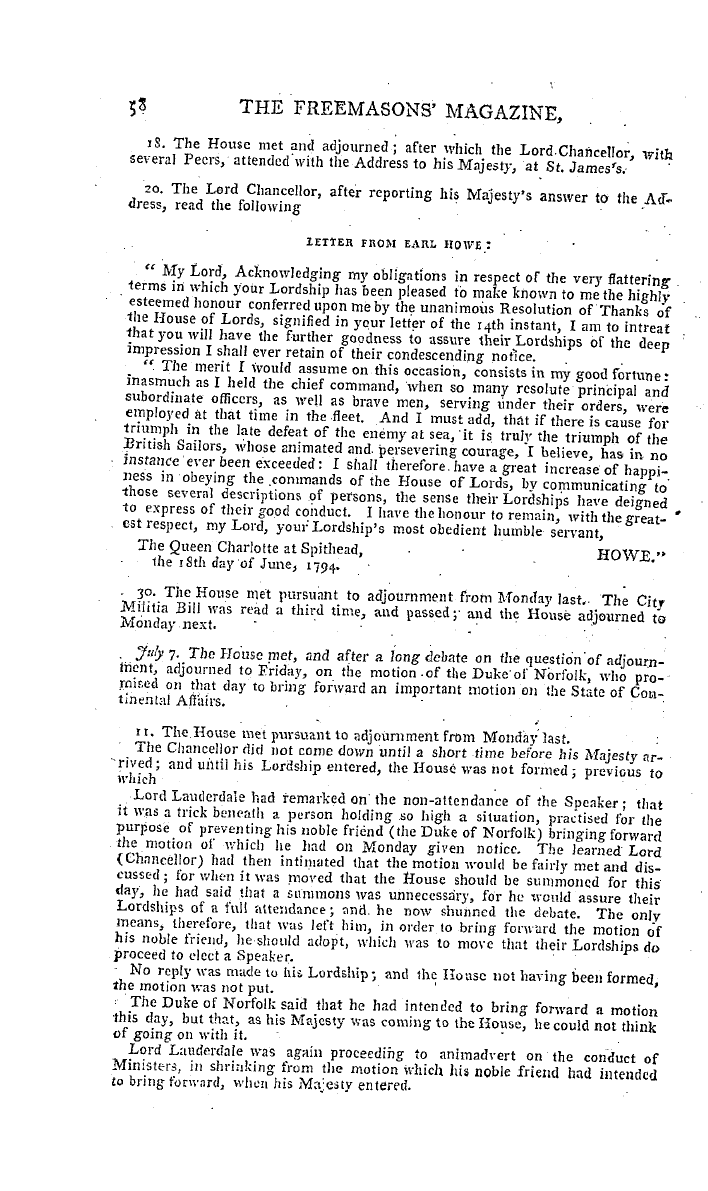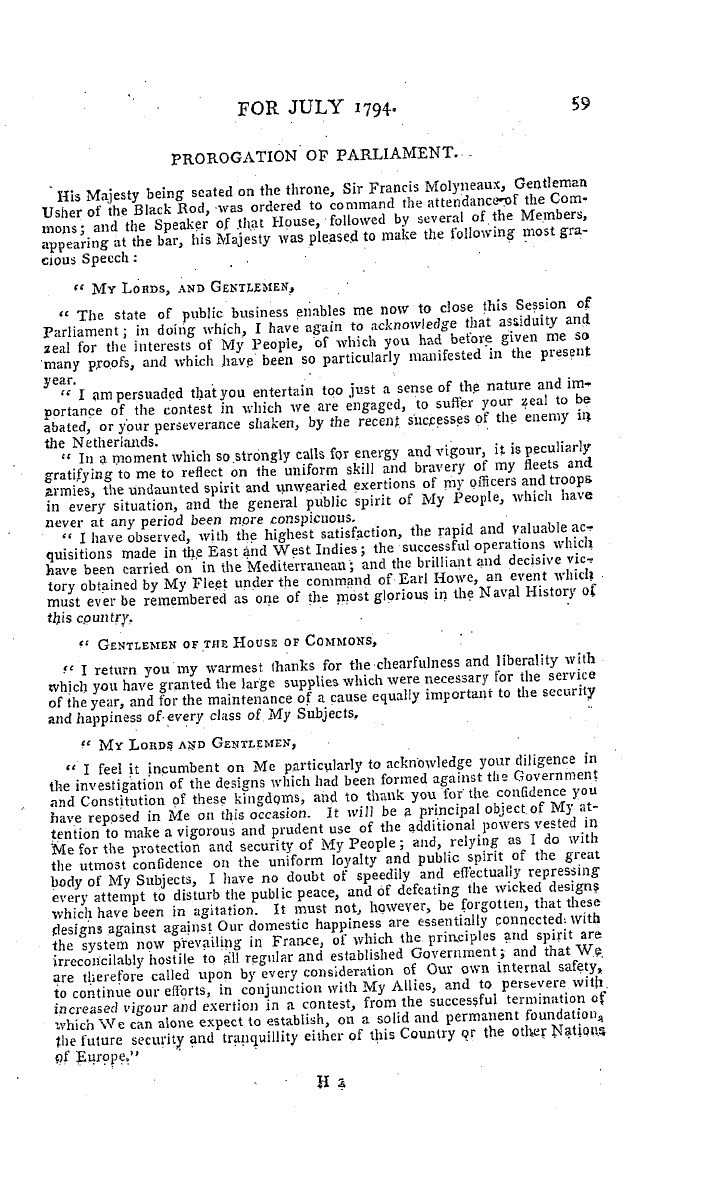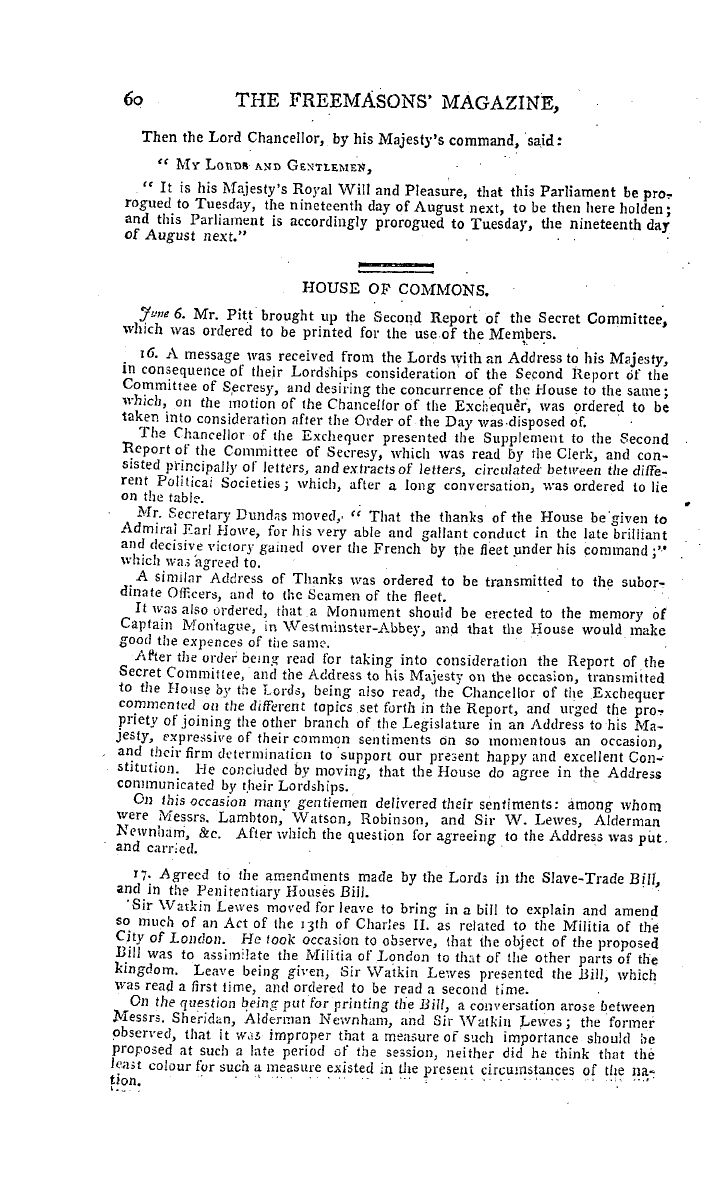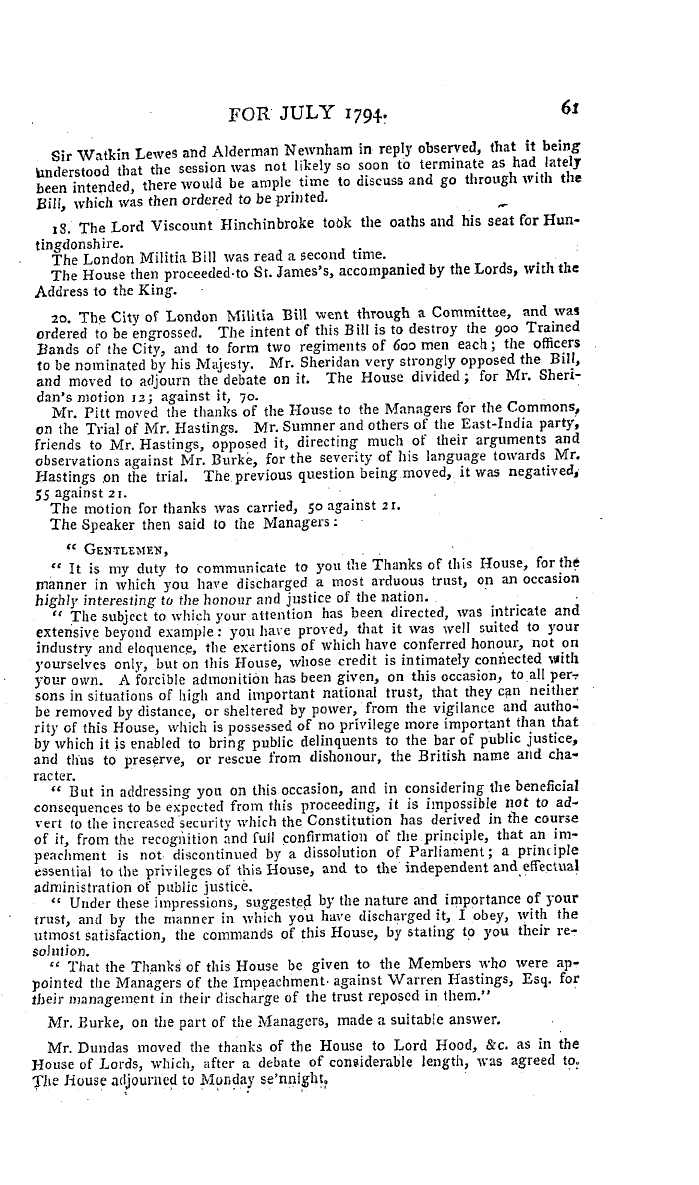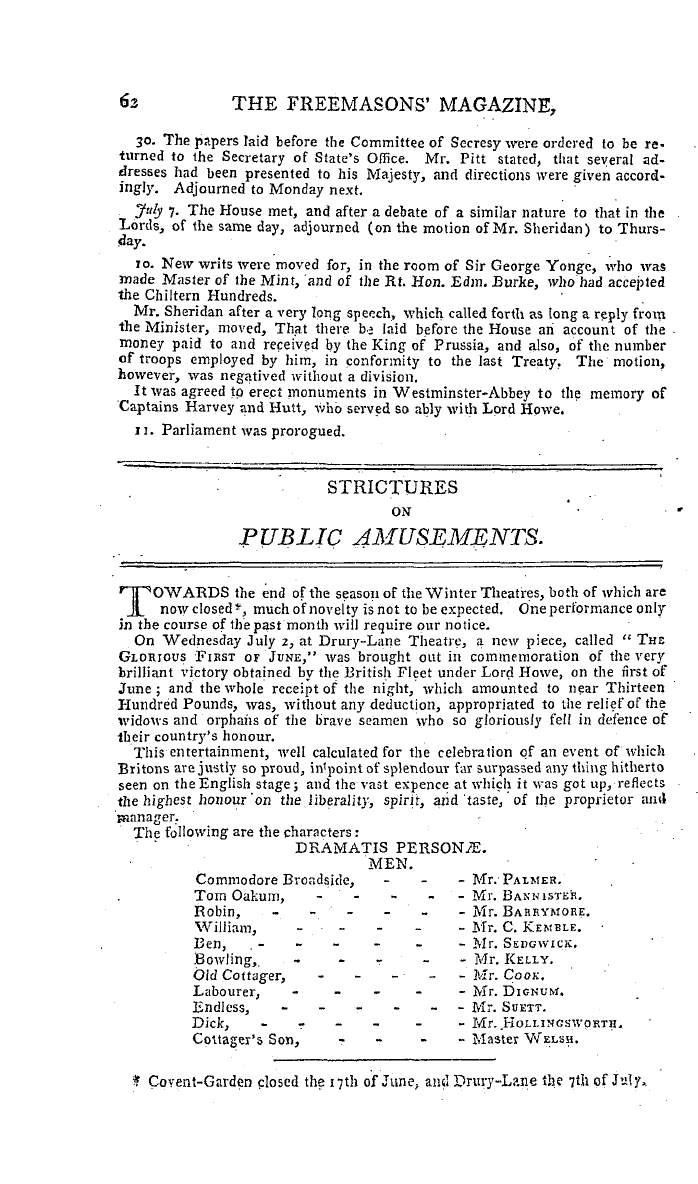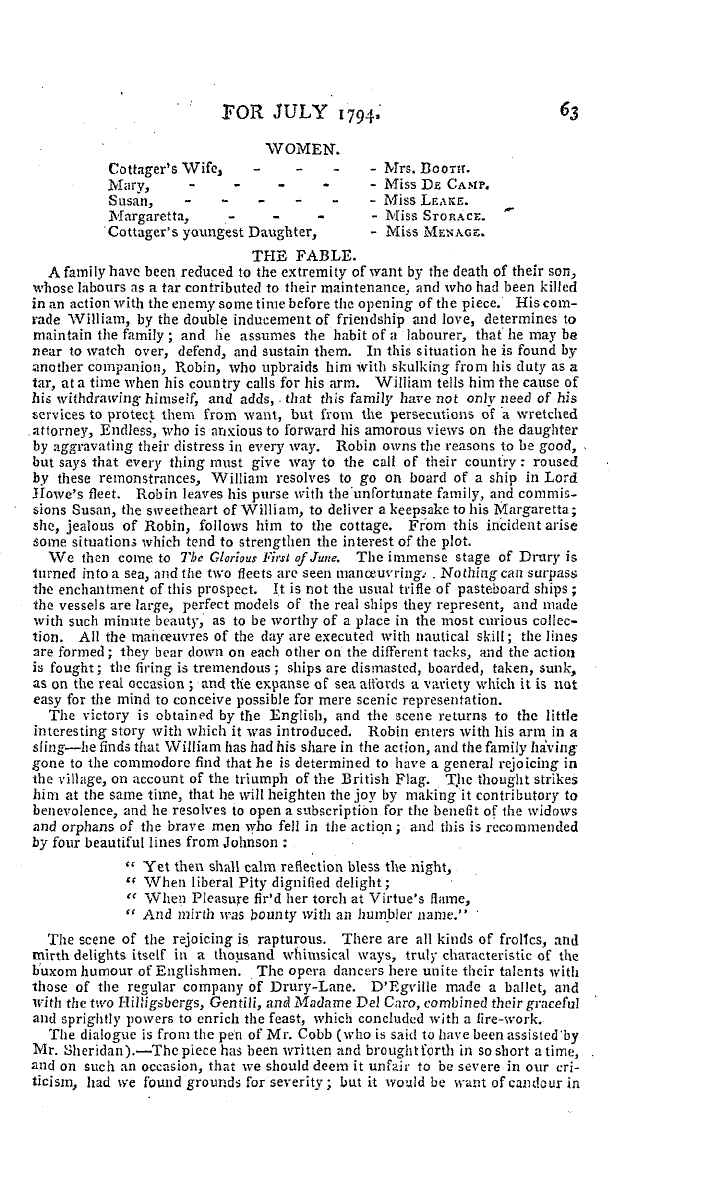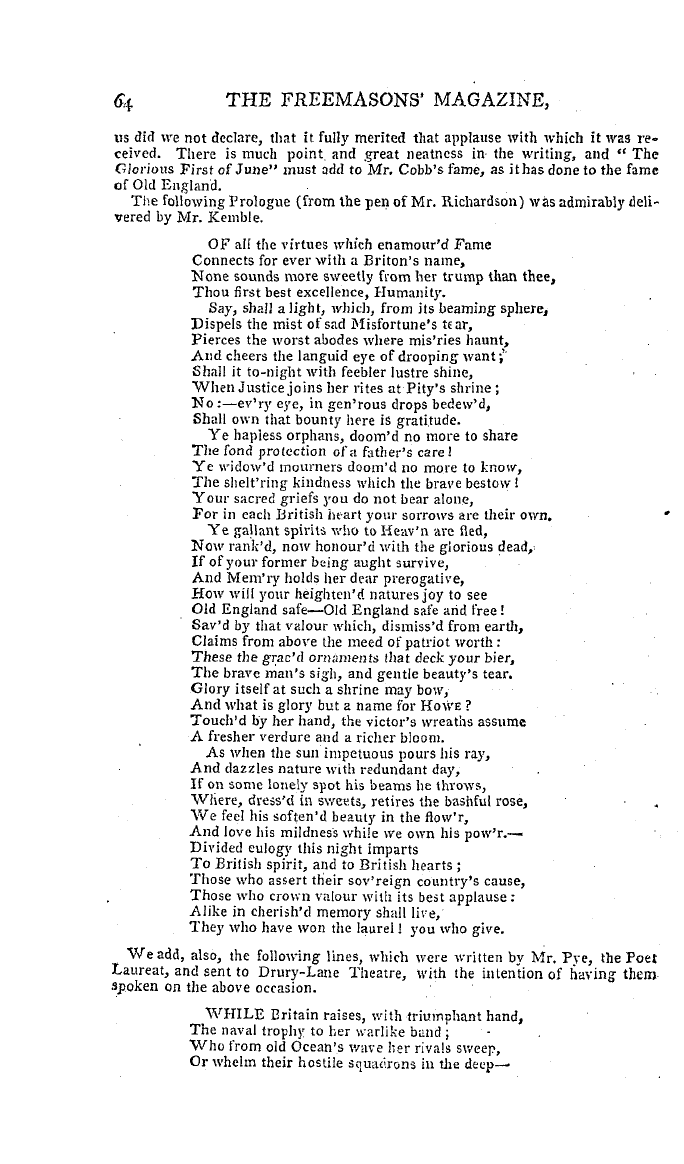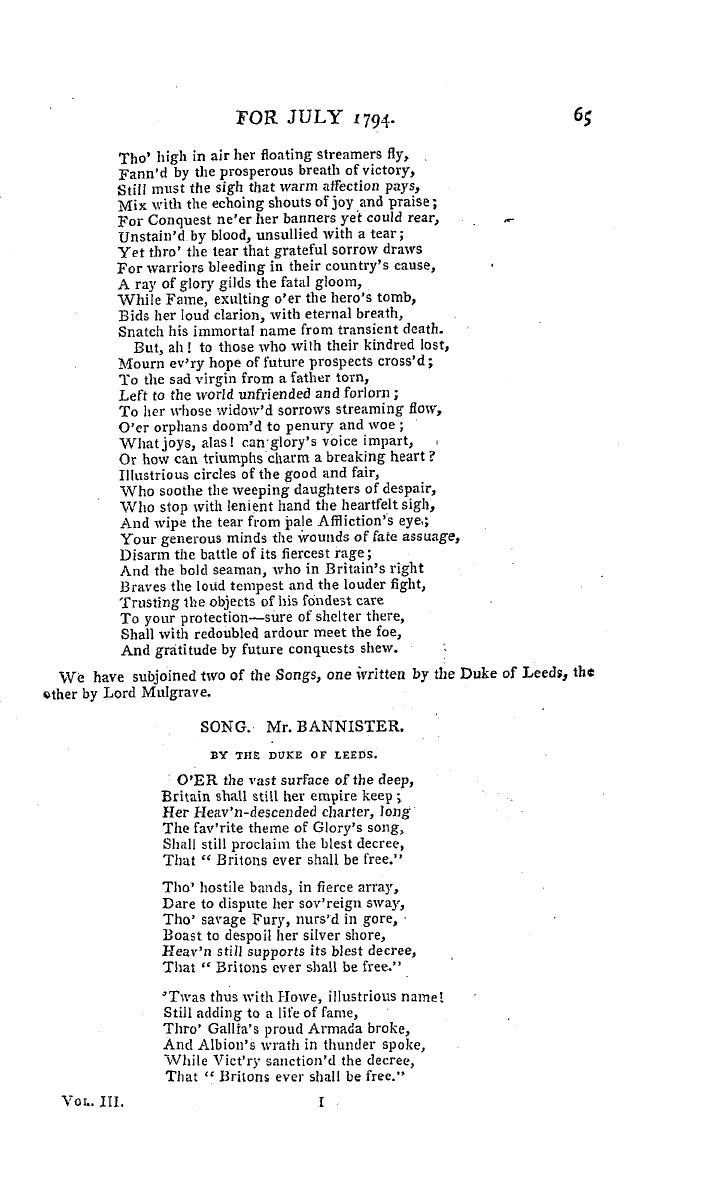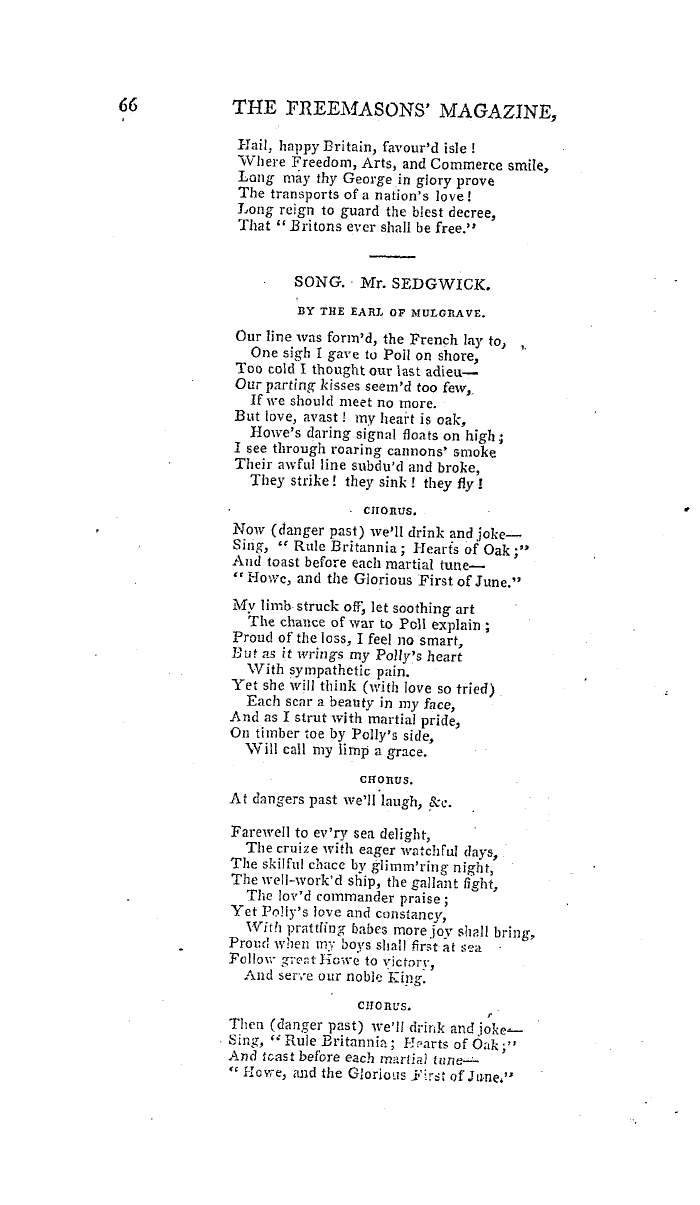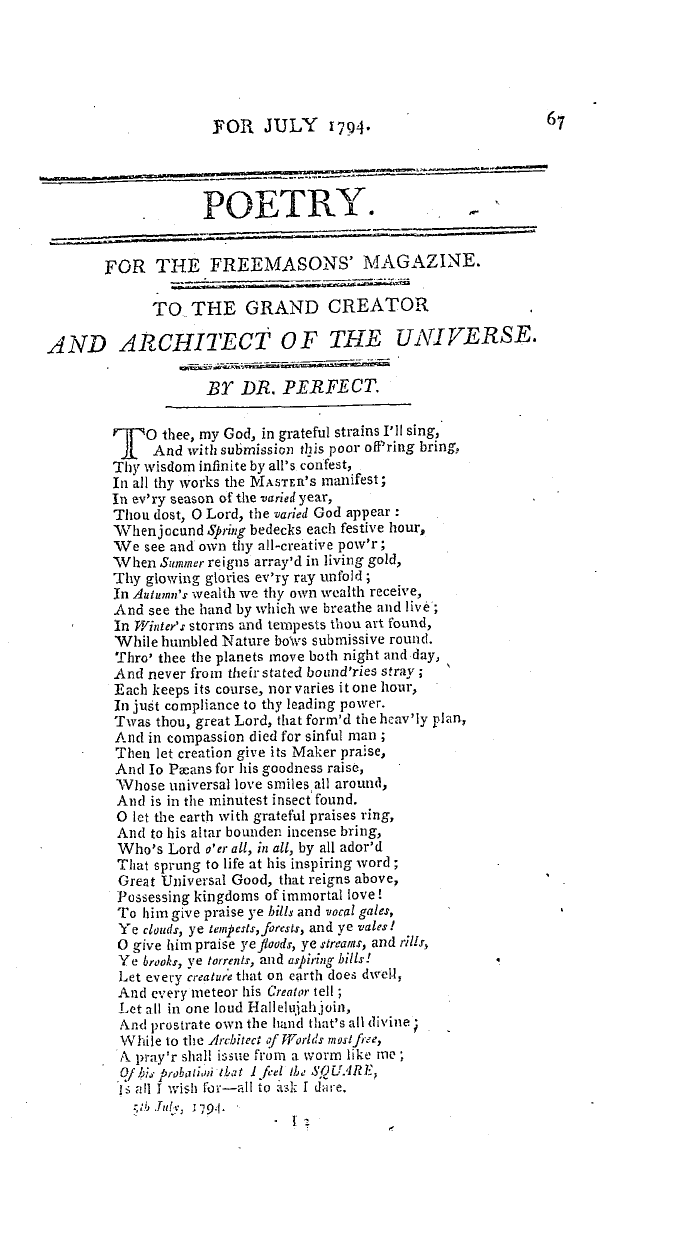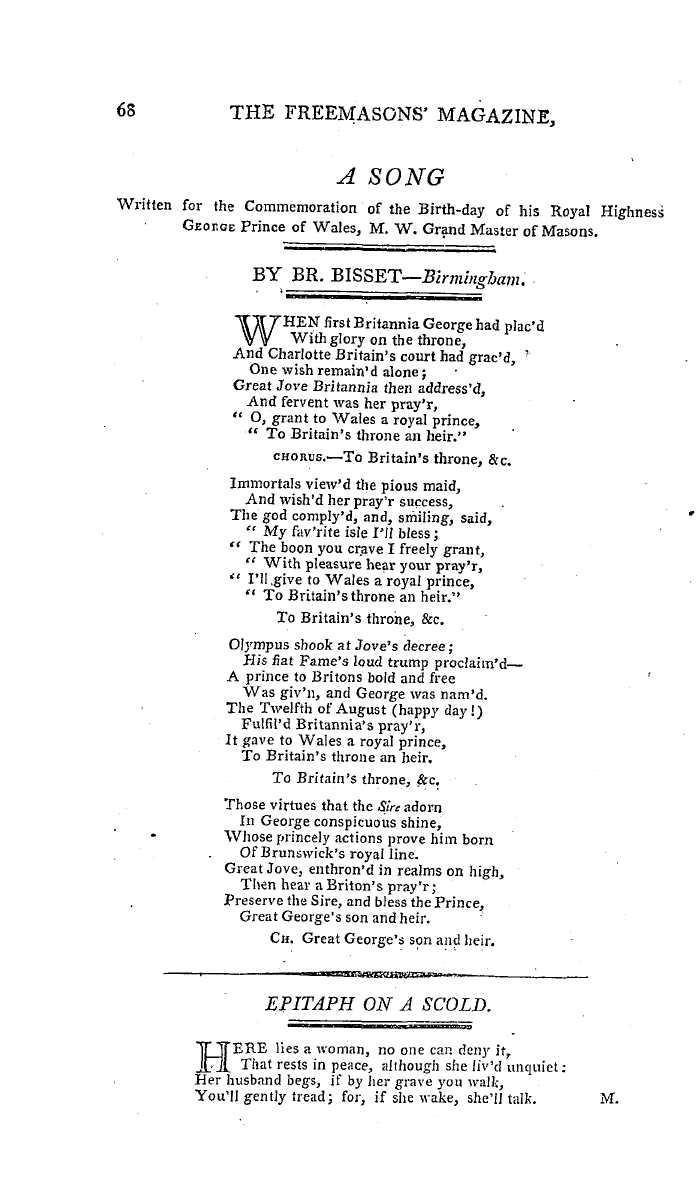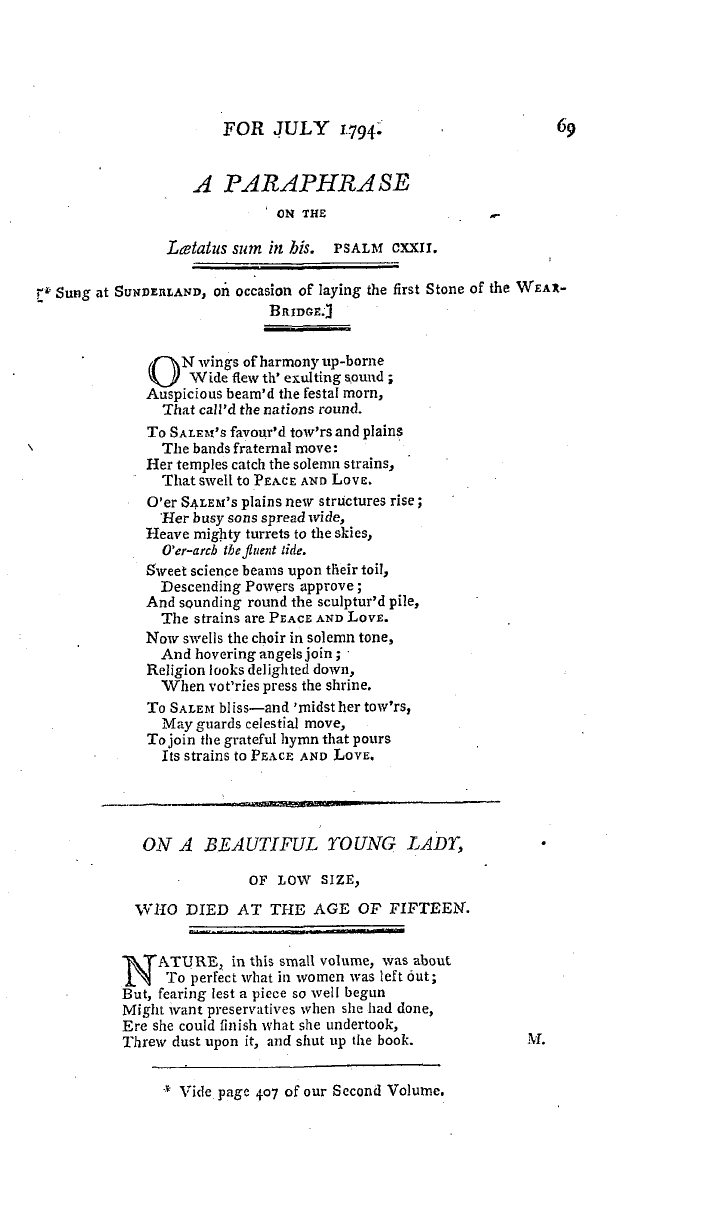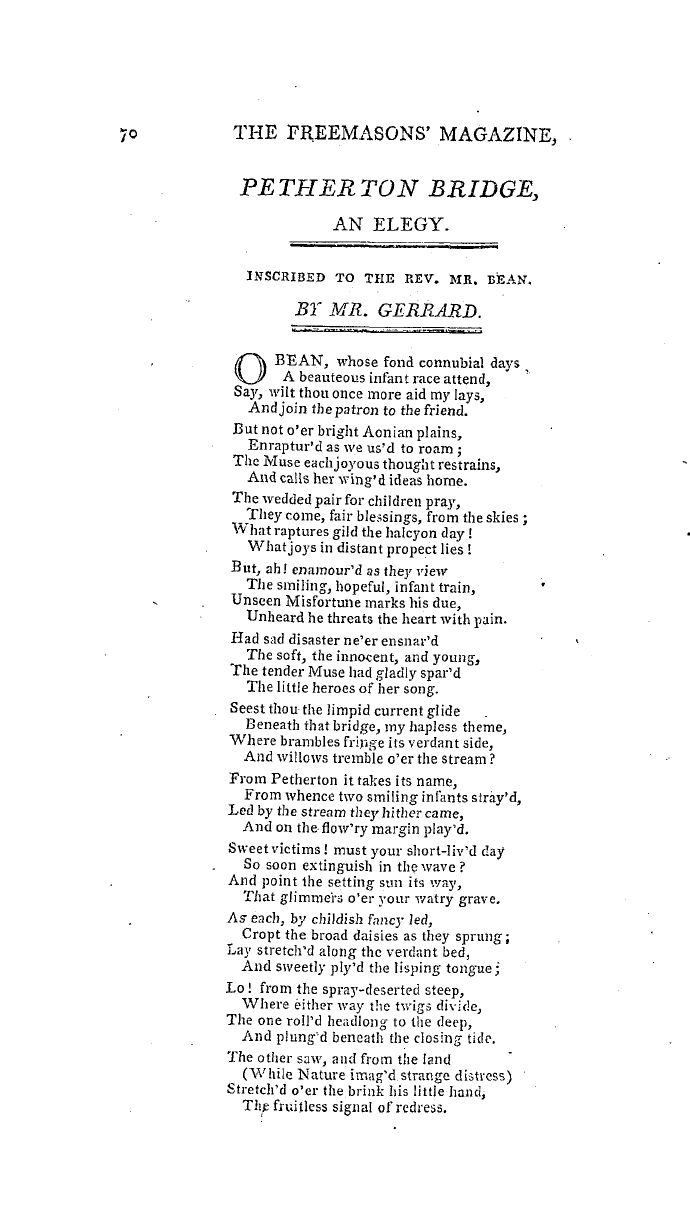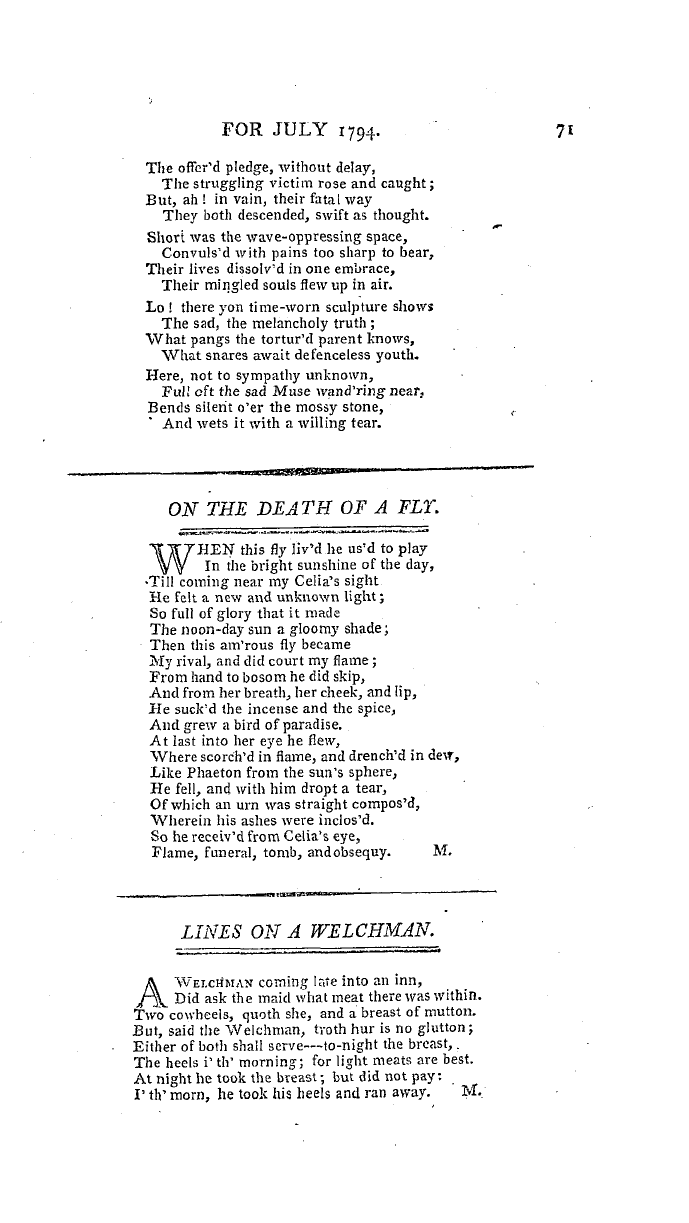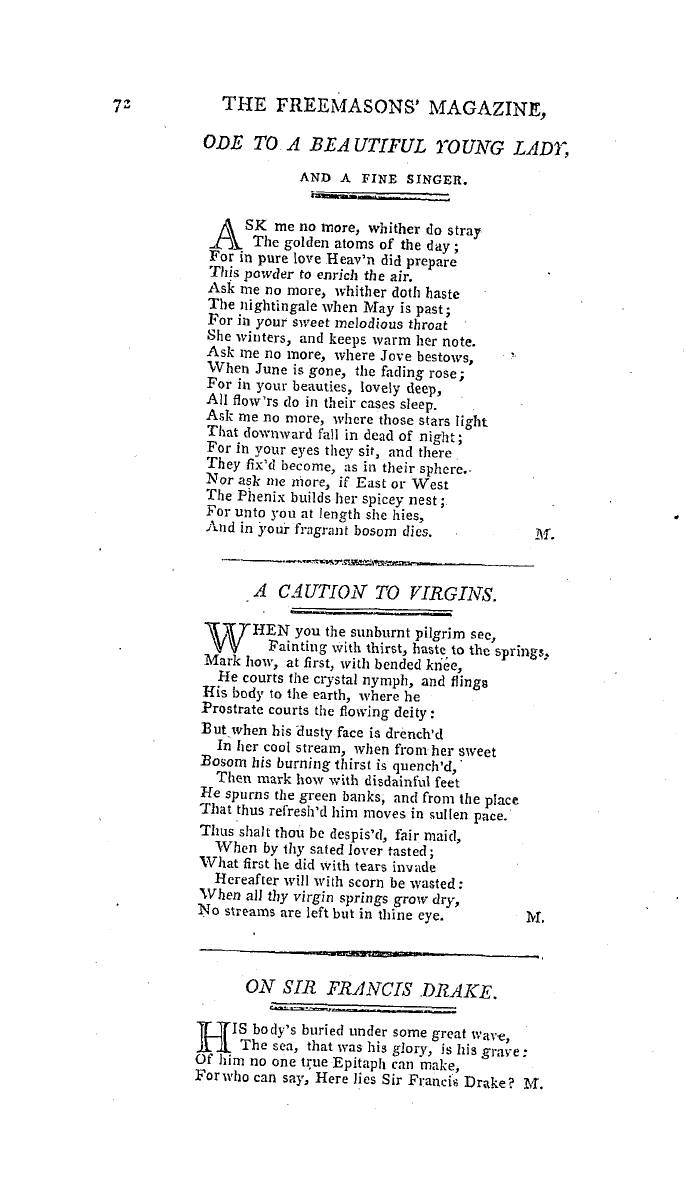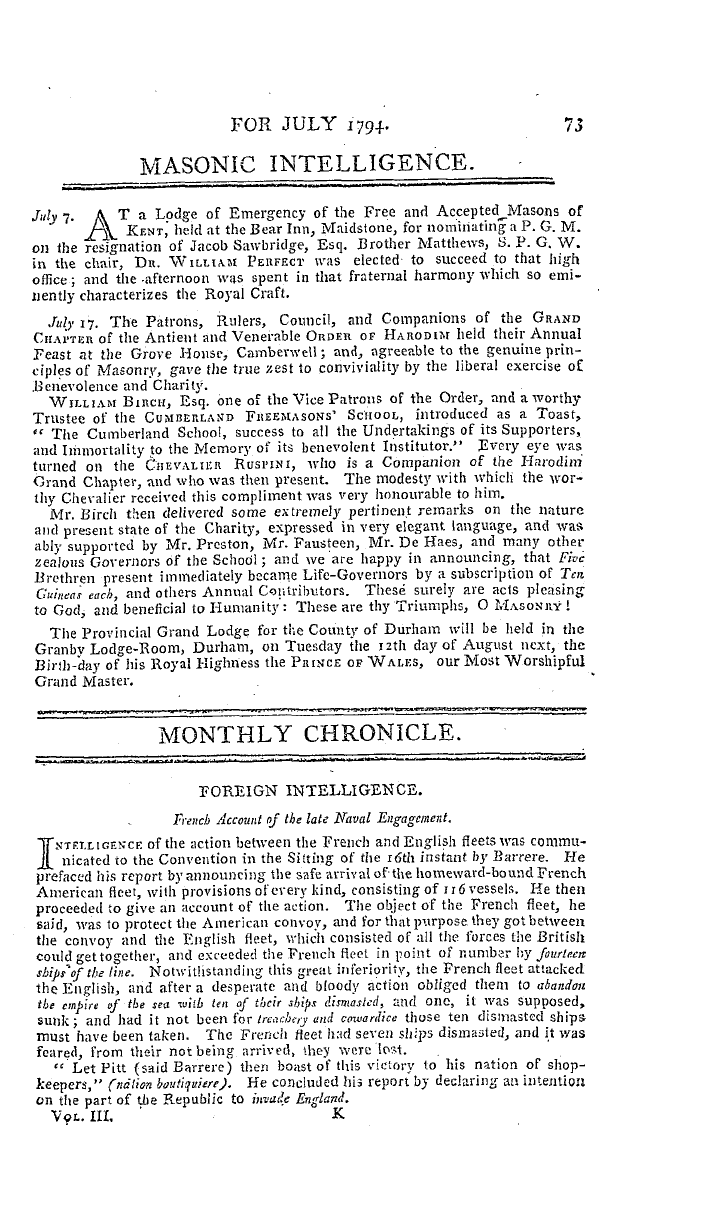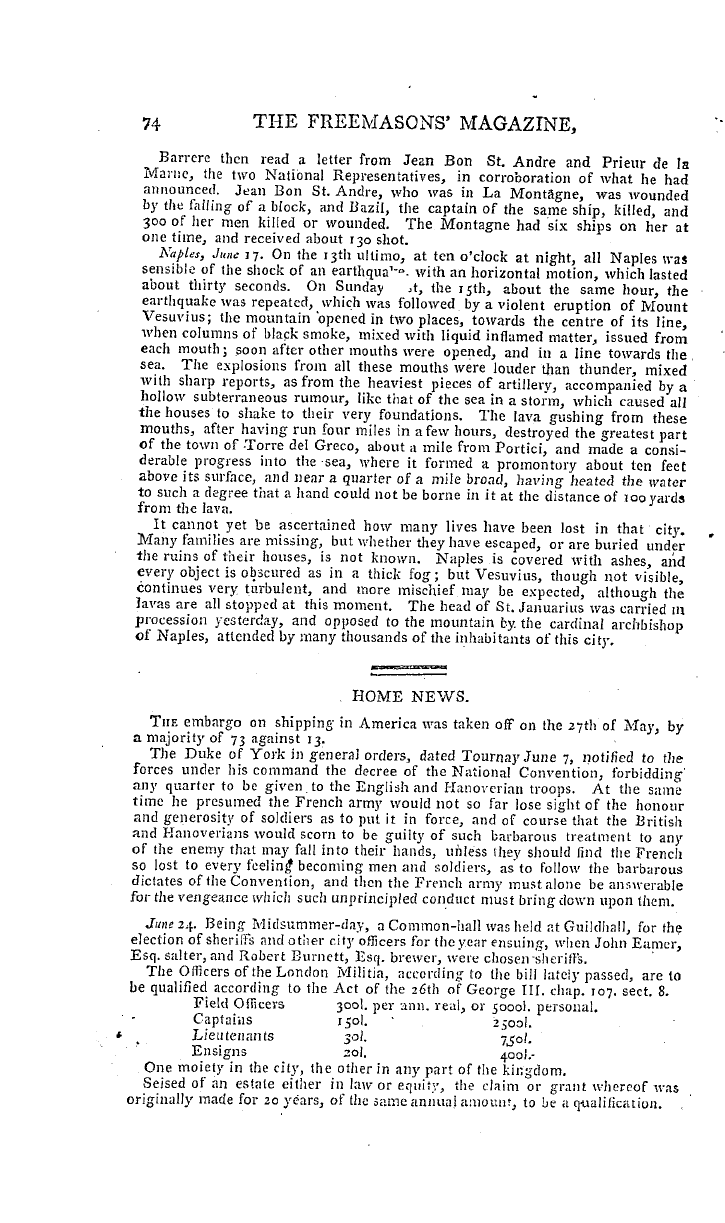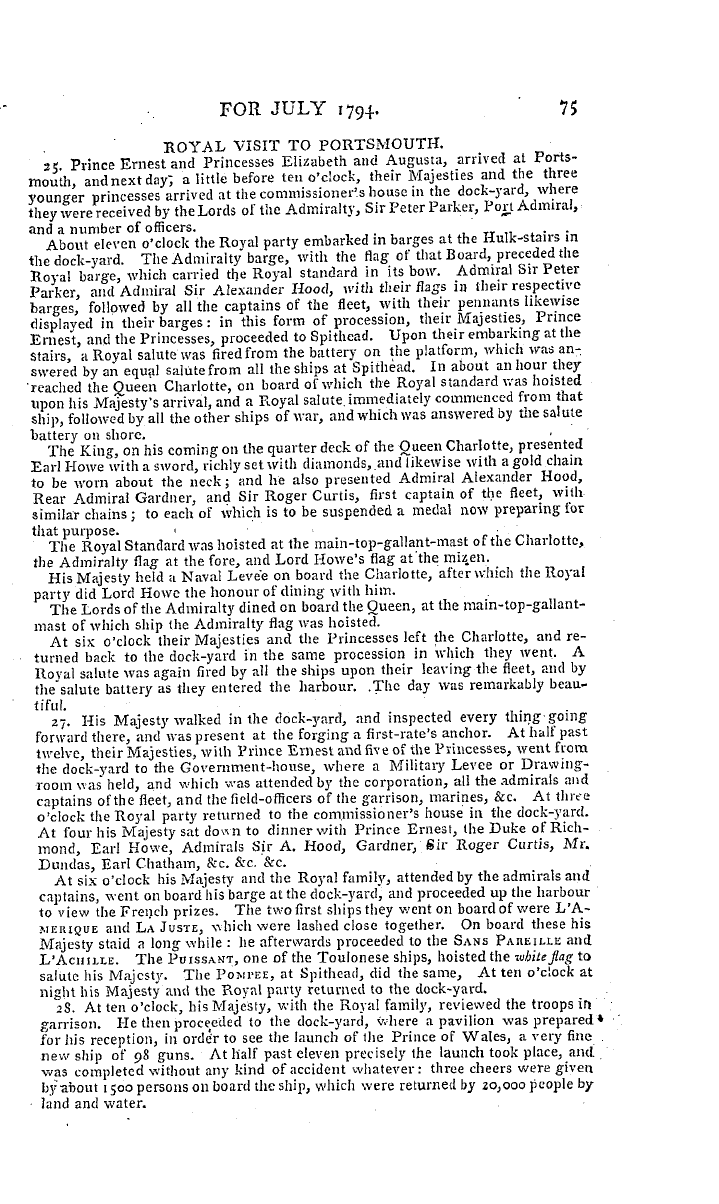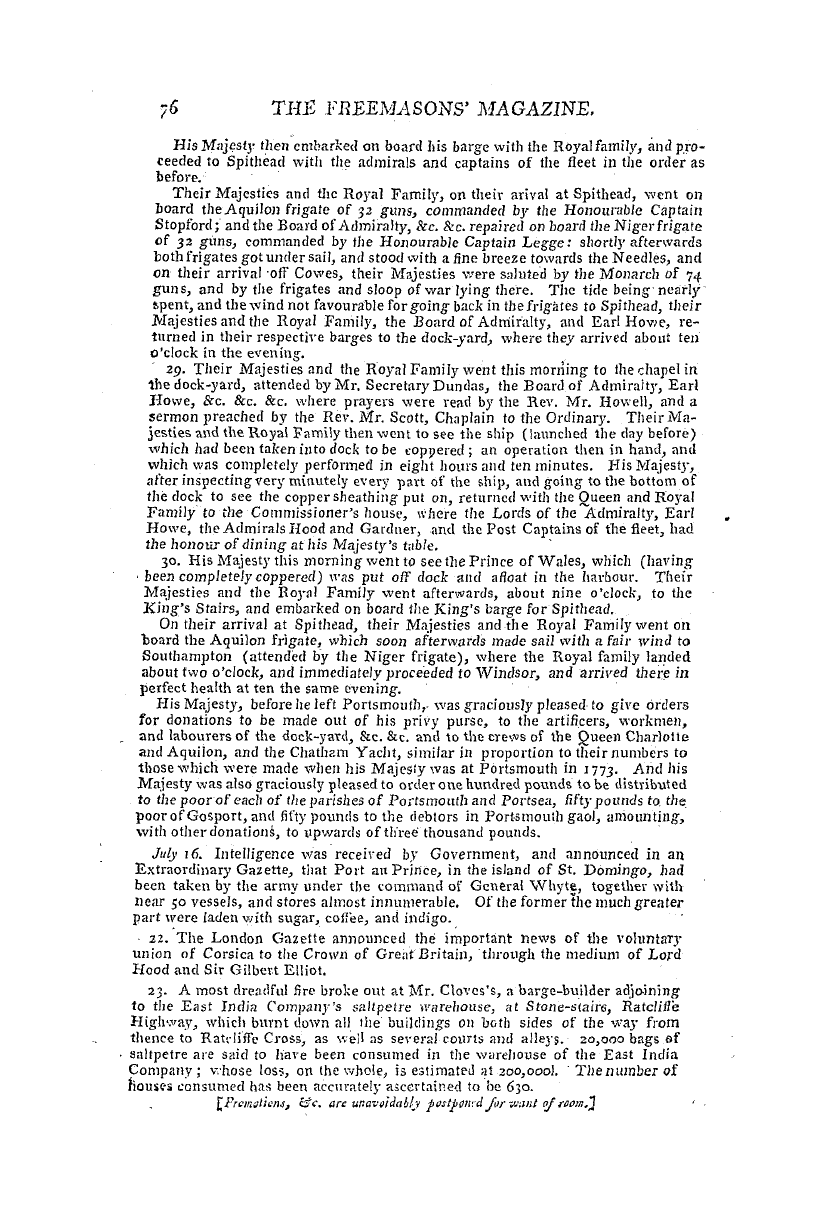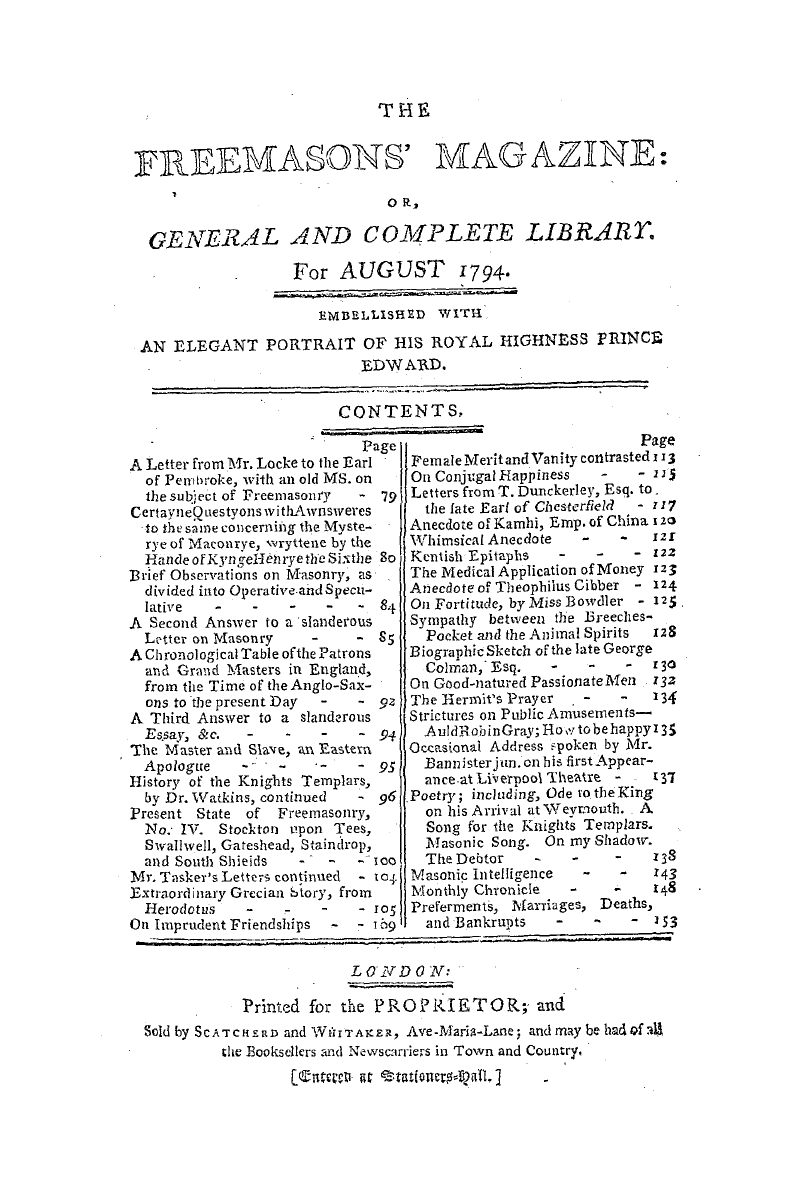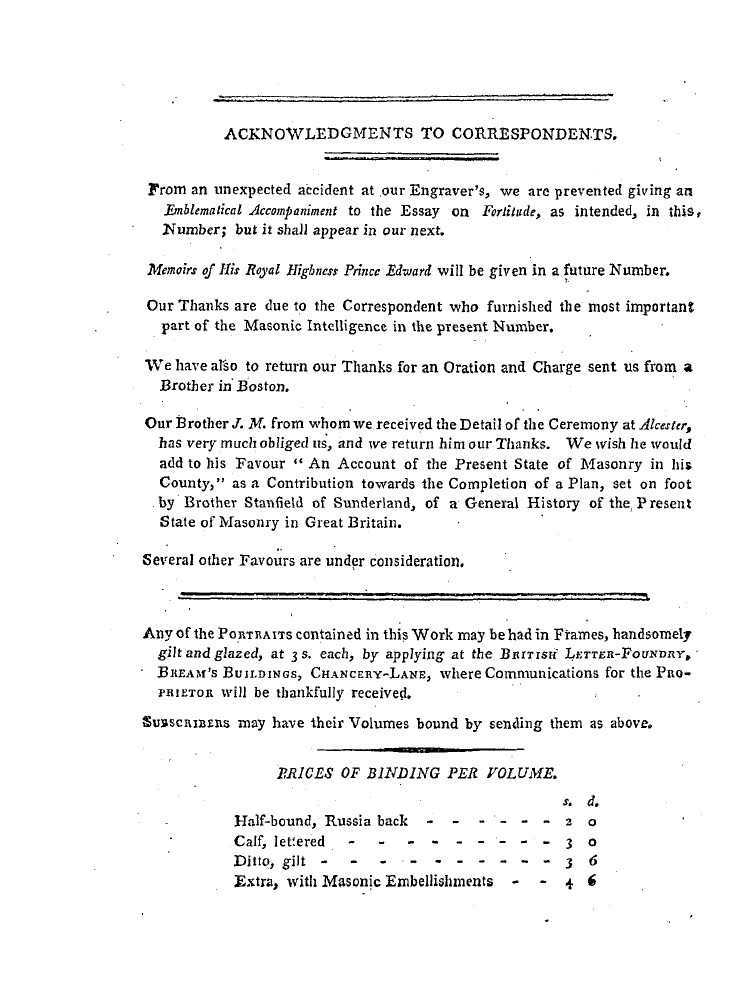-
Articles/Ads
Article DESCRIPTION OF YPRES. ← Page 2 of 2 Article DESCRIPTION OF CHARLES-SUR-SAMBRE, OR CHARLEROI. Page 1 of 2 →
Note: This text has been automatically extracted via Optical Character Recognition (OCR) software.
Description Of Ypres.
i 242 , the number of persons amounted to two hundred thousand . In the 14 th century the inhabitants of Ypres , for . the most part weavers , were exceeding !} - ' troublesome to their neighbours , being unwilling that any people should carry on trade besides themselves . In the year 1383 , the people of Ghent , assisted by the English , under the command of the Bishop of Norwichbesieged this town with great vigour for
, six weeks , but were compelled to retire ; and the English , being obliged to quit Flanders , " ' Philip the Hard } -, Duke of Burgundy , having become master by a marriage with the heiress of the late Comte Louis , enlarged it , and surrounded it with walls . It was erected into a bishopric !; under the archbishop of Mechlin , by Pope Paul IV . in the year 1559 The Prince of Isenghein is lord of the
. town , and it is governed by an advocate , twelve echevins , four or Five council , and a greffier , whose jurisdiction extends over the city and precincts , which are of no great extent . The town-house is a very large building , forming a square , and is said to have been built by the English , six hundred feet in front ; it has a very handsome
tower , in which are kept their public archives from tne year 1342 . Besides the cathedral it lias several other churches , and some religious houses . The inhabitants carried on formerly a great trade in woollencloth , but , by the severity of the Duke of Alva , the principal manufacturers ware driven to England , from which time that branch of trade declined . At this time they cany on a considerable manufacture of linen of excellent fabric . Ypres has sustained several
. remarkable sieges . In 1577 it declared with the rest of the country against the Spaniards . In 16 4 8- the Prince of Conde took it for the French king , but it was retaken the next year by the Archduke Leopold , Governor of the . Low Countries . In 16 5 8 it was taken by Marechai Turenne , and restored to Spain by the treaty of the Pyrenees . In 16 7 8 Louis XIV . took it in personand added-it to his
, dominions .-- By the treaty-of Utrecht it was ceded to the house of Austria , as one of the Dutch barriers , in whose possession it remained till 1744 , when the French laid siege to it and took it in a few days ; but they restored it at the pence of Ai . x la Chapeile . The chateteny of Ypres contains about thirty villages , aud sends deputies to the States of Flanders .
Description Of Charles-Sur-Sambre, Or Charleroi.
DESCRIPTION OF CHARLES-SUR-SAMBRE , OR CHARLEROI .
IT is a city of Nam 11 r , situated on the confines of Hainault , and built on the north side of the river Sarnbre , in a place formerly called C'harnoy , which was a village and signiory belonging to the Prince of Isenghein . The Marquis de Castel Rodrigo , Governor of the Netherlands , fortified it , ancl made it a city in the year 1666 , changing its name to Charlero'i , in honour of Charles II . King of Spain , VOL . HI . F ' . ^ ZZZZZ ^^ ZZTZ = Z ^ Z : L .... .........: — ~ J ^ I :.-- ^
Note: This text has been automatically extracted via Optical Character Recognition (OCR) software.
Description Of Ypres.
i 242 , the number of persons amounted to two hundred thousand . In the 14 th century the inhabitants of Ypres , for . the most part weavers , were exceeding !} - ' troublesome to their neighbours , being unwilling that any people should carry on trade besides themselves . In the year 1383 , the people of Ghent , assisted by the English , under the command of the Bishop of Norwichbesieged this town with great vigour for
, six weeks , but were compelled to retire ; and the English , being obliged to quit Flanders , " ' Philip the Hard } -, Duke of Burgundy , having become master by a marriage with the heiress of the late Comte Louis , enlarged it , and surrounded it with walls . It was erected into a bishopric !; under the archbishop of Mechlin , by Pope Paul IV . in the year 1559 The Prince of Isenghein is lord of the
. town , and it is governed by an advocate , twelve echevins , four or Five council , and a greffier , whose jurisdiction extends over the city and precincts , which are of no great extent . The town-house is a very large building , forming a square , and is said to have been built by the English , six hundred feet in front ; it has a very handsome
tower , in which are kept their public archives from tne year 1342 . Besides the cathedral it lias several other churches , and some religious houses . The inhabitants carried on formerly a great trade in woollencloth , but , by the severity of the Duke of Alva , the principal manufacturers ware driven to England , from which time that branch of trade declined . At this time they cany on a considerable manufacture of linen of excellent fabric . Ypres has sustained several
. remarkable sieges . In 1577 it declared with the rest of the country against the Spaniards . In 16 4 8- the Prince of Conde took it for the French king , but it was retaken the next year by the Archduke Leopold , Governor of the . Low Countries . In 16 5 8 it was taken by Marechai Turenne , and restored to Spain by the treaty of the Pyrenees . In 16 7 8 Louis XIV . took it in personand added-it to his
, dominions .-- By the treaty-of Utrecht it was ceded to the house of Austria , as one of the Dutch barriers , in whose possession it remained till 1744 , when the French laid siege to it and took it in a few days ; but they restored it at the pence of Ai . x la Chapeile . The chateteny of Ypres contains about thirty villages , aud sends deputies to the States of Flanders .
Description Of Charles-Sur-Sambre, Or Charleroi.
DESCRIPTION OF CHARLES-SUR-SAMBRE , OR CHARLEROI .
IT is a city of Nam 11 r , situated on the confines of Hainault , and built on the north side of the river Sarnbre , in a place formerly called C'harnoy , which was a village and signiory belonging to the Prince of Isenghein . The Marquis de Castel Rodrigo , Governor of the Netherlands , fortified it , ancl made it a city in the year 1666 , changing its name to Charlero'i , in honour of Charles II . King of Spain , VOL . HI . F ' . ^ ZZZZZ ^^ ZZTZ = Z ^ Z : L .... .........: — ~ J ^ I :.-- ^


























































